|
If you're thinking about starting therapy, you've recently started, or you're just wondering what it's all about, this is the blog for you!
There can be a lot of mystery surrounding therapy, and many misconceptions which often arise from an unhelpful portrayal of therapy on T.V. and in the media generally. I aim to give you a taste of what to expect, at least from the kind of therapy I offer, which is Person-Centred. I think it will be helpful to begin by debunking some therapy myths:
What to expect If you decide to have therapy with me, here are some helpful pointers about what you might expect. At the introductory session: this is a chance for us to get to know each other and notice how the dynamic feels. Can we imagine working well together for a course of sessions, perhaps even long-term? I will ask you some questions about your background, lifestyle, key relationships and what has brought you to counselling. I'll help you to consider any goals you might have. I will also share the contract and ask if you wish to add or tweak anything, as this is a two-way agreement- not a list of rules I impose on you! During regular sessions: if we both feel O.K. to continue working together, I will offer further sessions. These are led by you, and you can decide what you would like to explore. I will listen to you, and help you identify the emotions you are feeling. Often clients find that by hearing words, phrases and even body language reflected back to them, they gain deeper clarity and insight. Sometimes it can take a while to "warm-up" to therapy. It may even feel a bit awkward at first. This is completely normal as it can take time to build trust and feel comfortable with someone new, especially as you are sharing very personal things. You will soon find your flow. However, if you change your mind about working with me, or the time doesn't feel right, it's perfectly fine to say so. You are always very welcome to get in touch again in the future. Some people think that when they start therapy, things will quickly start to feel better. While this can be true, it's actually very normal to feel some uncomfortable emotions. Opening up wounds can be painful and you may find that life unravels a bit as you deconstruct core-beliefs and begin to change the way you think and act in day-to-day life. This is all part of healing and growth. Top tips to get the most from therapy:
All the best for this exciting journey to becoming a more self-aware, authentic you. This is probably one of the most precious gifts you will ever give yourself!
0 Comments
What do you think of when you hear the word trauma? A distressing event such as a car crash, an assault or the sudden death of a loved one? Or do you think of symptoms like flashbacks, dissociation and panic attacks?
At times, emotions can hit us with the full force of a tsunami, and frankly, we wonder if we will survive. Think about the inconsolable sorrow felt when a loved one dies, the intense fury when someone betrays you, or the crippling stress of a complex and seemingly impossible task.
Many people will start counselling with the notion that it's going to involve delving into, and churning up, the past. I would say, that's completely up to you! In contrast with some other psychotherapy models, person-centred counselling tends to focus on the here and now. There is no pressure at all to talk about childhood and the past unless you want to.
That said, reflecting on how our past experiences have shaped who we are today can be really helpful when trying to understand ourselves more fully and address patterns of behaviour. Therefore, you may find that exploring the past brings a deeper level of insight and maybe even healing. Before presenting some ideas about the impact of early experiences, it is really important to say that this is not about blame. You might feel you had a great childhood and that you have a good relationship with your caregivers. So maybe focusing on any negative aspects feels disloyal? Perhaps you worry your counsellor would judge your parents? The truth is that no parent can fully shield their child against all their own insecurities, fears, trauma and pain. Children will also be exposed to the values, beliefs and ideals of their caregivers. Counselling brings an AWARENESS of all this, allowing the client firstly to own it, and then decide what to do with it. For instance, are there some old beliefs that need discarding, or re-framing? There is a great deal of theory around how early childhood experiences impact people later on in life. I am going to talk about just a few key ideas here. 1) Conditions of worth: these are the ideals that children must live up to in order to receive love, acceptance and approval from significant others. Explicit or implicit messages about these values are internalised by the child and they become part of their own belief system. An example of a common condition of worth in our society is that one must be academically successful. 2) Attachment theory: this posits that the way a primary caregiver interacts with their baby in the early stages of infancy determines the baby's attachment style for life. Attachments can be secure or insecure depending on how emotionally available a caregiver is when their child is distressed or in danger. This theory, developed by Bowlby (1969), is based on extensive research and has many implications for how an individual navigates different kinds of relationships throughout their life. 3) Inner child: this term refers to the childlike part of our unconscious mind which reflects the child we once were, containing aspects such as suppressed emotions, unmet needs, joy and creativity. This part of ourselves often comes to the fore when we are around certain people, or if faced with some difficulty. The wounded child is often at the root of the adult's issues. As a person-centred counsellor, I often draw on these key ideas (even though some are borrowed from different therapy traditions) to help a client in the here and now. For instance, if a client says something like "People will think I'm weak if I show my emotions", I might ask, "Where have you heard that?" or "I wonder where that idea comes from". If they share that they are having trouble in a relationship, for instance they feel distant and aloof, I might ask if they have felt like that in other kinds of relationships. Clients often find that once they begin their counselling journey, memories start to surface. If you find that your memories of childhood are minimal or hazy, don't try to force them. They will come if and when they are needed, if you come to the process with openness, patience and trust in yourself. 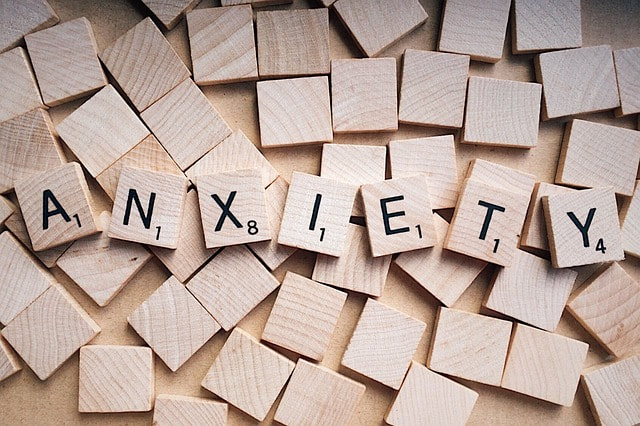 Anxiety is a feeling which most of us experience from time to time, but for some it feels like an almost constant state and might vary in intensity from unease to full-blown panic and terror. People will experience anxiety in different ways- mentally, emotionally and physically. If you experience anxiety, you might notice your thoughts are catastrophic, obsessive or confused. Emotionally, you may feel frightened and upset. You may have physical symptoms such as a racing heart, stomach ache, nausea or headaches. You might feel restless, hyper-alert or exhausted and this can impact on day to day tasks, sleep and eating habits. It can be extremely difficult living with anxiety, as it can often feel as if something dreadful is about to happen at any moment. It can make you feel powerless, overwhelmed and unable to move forward with your life. Anxiety is the body's natural response to a perceived threat. In the limbic region of our brain, the amygdala stimulates the fight/ flight/ freeze/ fawn response when it detects danger. This is clearly a useful mechanism to protect human beings, and keep us alive. However, it becomes unhelpful when the threat detected is actually historical. There will have been a time in your life when the body was on high-alert to real threat, and this often goes back to the developmental years. Attachment theory, as outlined by John Bowlby, sheds light on how our early moments may impact our sense of safety and belonging in the world. In addition, traumatic life events that shape the way we view ourselves can also make us feel unsafe in the world, alerting us to danger more easily. Counselling can help with anxiety in many ways. Firstly, it allows space to explore triggers for anxiety and start to notice patterns. You can look at beliefs you hold about yourself, others and the world and begin to ask where these ideas came from. For instance, it may be that you notice you feel highly anxious in job interviews because you have a fear of rejection which is rooted in a childhood experience of being criticised by a parent or teacher. Therefore, the job interview is a perceived threat. The next step might be to challenge and change the root belief that you are worthy of rejection. This is a very simplified example, and often the work of counselling can be complex taking time to identify the roots of issues. However, understanding the problem and validating the reasons for your anxiety can help you to manage it better. Below are some ideas that might help you to feel calm if you are experiencing anxiety:
Person-centred therapy was developed by Carl Rogers in the late 1940s. It was a radical move away from the analytical approach and is based on Rogers' own theory of personality.
Since the 1940s, many different types of therapy have emerged, each with their own slick acronyms- DBT, NLP, EMDR to name a few- and the choice for prospective clients can be quite bewildering! So, is PC therapy still relevant today, when our world looks very different than it did for Rogers in the '40s? I would argue that the PC approach will ALWAYS be relevant because it is really a philosophy- a way of approaching life itself. It is based on the view that human nature is essentially constructive. In other words, we are all wired for growth and fulfillment. Therefore, the PC therapist assumes trust in the client, that they possess the inner resources needed to move forward; in themself, that they can facilitate change if they can only be real and intuitive; and in the process of therapy. The guiding principles of PC therapy are empathy, authenticity and non-judgment. The PC therapist prizes the uniqueness of each client, their subjective experience, and their expertise. They take a non-directive stance, offering observations and reflections rather than advice or opinions. It is common for therapists to integrate several different models in their practice, PC often being a core foundation for their work. The PC approach has also been adopted by other professions and organisations, that recognise the importance of autonomy and choice when caring and providing for people. I identify as a PC therapist because the theory resonates very deeply with my own values and beliefs, allowing me to practise with integrity. No two sessions are ever the same, because each client is unique, and how they present from one given point in time to the next will differ. The work feels very fluid and organic in this sense, as both the client and I respond in the moment. As there is no formula or set agenda, the client is empowered to take the lead, bringing whatever they feel is important. I feel that the PC approach lends itself very well to creative ways of working. It allows space for clients to be themselves and express their own preferences within the boundaries of safe, ethical practice. For instance, if a client feels more comfortable outdoors, with the option of moving rather than sitting in a room, at a computer screen, they have the option of walk & talk therapy. Another client might find that engaging in art helps them to express how they are feeling and open up to more painful emotions. As a PC therapist, I try to remain open to the infinite possibilities that come when working with unique individuals. Consequently, the work is exciting, engaging and I am constantly learning from the experience of being alongside another human being. Walking in nature has become such an important practice in my life, I can't really imagine a reality without it. Yet it's only recently that I've stopped to wonder why it has had such a positive impact on me over the years.
There has been significant research to show that nature enhances our physical and mental well being. Probably the most notable is a study by Roger Ulrich (1972) who observed a quicker recovery time for hospital patients who had a view onto a natural setting from their hospital room window, than patients facing a brick building. Many have embraced nature by engaging in practices such as tree-hugging, and tree-bathing. In the world of therapy, many of us have begun offering walk and talk and eco-therapy. But what is it that is so healing about nature? There are plenty of scientific explanations, but I believe there is also a longing for connection with the natural world etched into the human psyche. Those of us living in the highly-developed Western world experience so much of our earth indirectly. We consume food which has undergone many processes before reaching our plates. We learn about our planet by watching documentaries on T.V. We live in a ready-made world with little need for interaction with the original source. Whilst we may feel gratitude, we may have little appreciation for where our consumables come from, or how they arrived there. What we forget, when we talk about nature, is that as humans we are nature. If we have lost our connection with nature, we have also lost our connection with ourselves. This leaves us feeling alone, lost and stressed from the continual pressures of living in a fast-paced, complex world with an ever-increasing emphasis on productivity and over-reliance on digital devices. So, how do we re-connect with nature and with ourselves? I have listed a few ideas below, but would encourage you to find your own creative ways too!
"Everything in nature invites us constantly to be what we are" This quote by Ulrich is one of my all time favourites. It is so true. In nature, we find a space to be ourselves. We can relax and feel the joy of being grounded and present. Nature teaches us many things. It reminds us of the cyclical nature of life. The ebb and flow. When we see a dead leaf, or a rotten tree, we are reminded that nothing is ever perfect, yet there is always continuation. All nature is connected, existing in harmony. And we are part of that, of something bigger than our individual lives. And we remember that we are not alone. When we face a bereavement, it can feel as though the ground has given way beneath our feet. Although we know intellectually that everyone will one day die, we tend to dissociate from this knowledge and the fear it can bring. In the words of Yalom, "We know but we do not know" (Love's Executioner, 1989).
The loss of a loved one can shake our assumption that life will just carry on as it always has done, bringing death and our own mortality into sharp focus. Grief is the natural response to loss- a process. Theorists (e.g. Kubler-Ross, Worden) have described stages, or features of this process. While it is helpful to understand a bit about grief theory, it's also wise to bear in mind that there is no right (or wrong) way to grieve, and that there are as many different ways to do so as there are people in the world. So, if grieving is totally normal and to be expected, why might someone get counselling? Well, problems can come when there are complications which prevent people grieving in a way that is helpful to them. Take Hilary, for example. She has just lost her husband of 40 years. They were married young, and she can barely remember what life was like without him being around. It is approaching a year since his death, but she still feels a deep sorrow and regularly breaks down in tears. Her children think she should have moved on by now. They tell her to stop moping around and feeling sorry for herself. They want her to start looking after the grandchildren again and are advising her to get out and meet new people. She can't face it, and feels completely alone with her grief. Hilary is a fictitious woman, but she represents so many who face the challenge of living in a culture which does not necessarily cater well for grieving people. Counselling can help by offering a safe space for the feelings which arise from grief to be acknowledged and expressed, without judgement. It can allow the grieving person to process and make sense of the events that took place around the time of the death, and to understand what it means to go on living without their loved one around. Finally, counselling can help the bereaved to find meaningful ways of continuing the bond with their loved one, through rituals such as marking occasions like the anniversary of their death. You may be wondering where creativity fits into all this? Counselling involves two people coming together to construct new perspectives and ways of understanding, which makes it a creative act in itself. Add creative materials and exercises to the mix, and you have the potential for a highly creative scenario whereby endless possibilities for insight and growth are opened up. In my counselling practice, I offer clients the opportunity to use art, images and symbols as a way to access thoughts and emotions which may be out of conscious awareness. It's amazing how something as simple as a colour can tap into some buried memory or feeling. In our western culture, we tend to place more emphasis on left-brain functions such as language and rational knowledge, and are generally not so focused on the right-brain which is associated with intuition and emotions. While talking is incredibly helpful in the counselling room, creative methods can offer another way of knowing when there simply are no words for what is being felt. A great example of how creative methods might be woven into a counselling session is working with metaphor. Waves, black clouds, long dark tunnels, bottomless pits- all common grief metaphors. If a client brings a metaphor, I might ask them to visualise this as an image in their mind. I then invite them to represent this image on paper, and to draw themselves too. This allows an increased empathy as I see something of what they are experiencing, but we can also work more deeply with the underlying emotions through reflecting on it together in a safe and supportive way. Many people will claim that they are simply not creative, and are reluctant to use creative methods because they have judged themselves as being "bad" at art. Or perhaps someone else has told them this. I always explain to clients that in our work together I will not be making any judgments. There is no right or wrong way to create. The focus is on the process and what comes up for the client. We are all creative. Every time we make a decision, solve a problem, imagine a dream, we are being creative. Recognising this, and harnessing the power of creativity in the counselling room can bring healing and release for the grieving client. |
AuthorLaura Green Archives
May 2024
Categories |


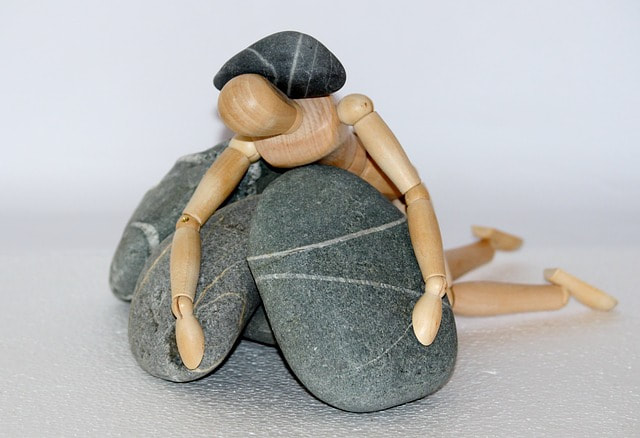

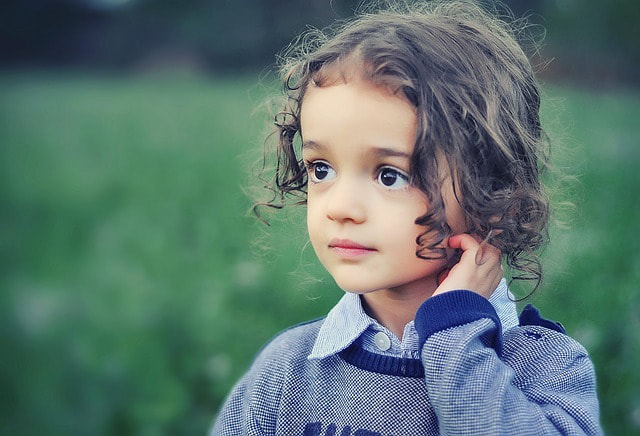
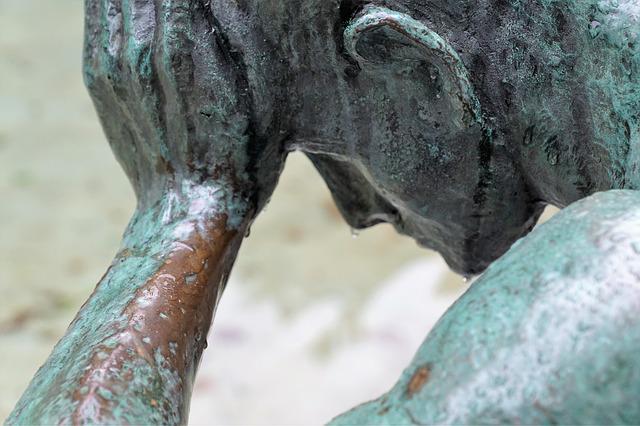
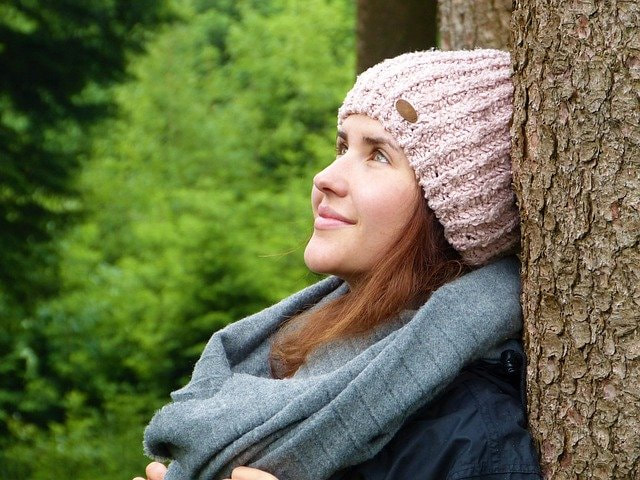

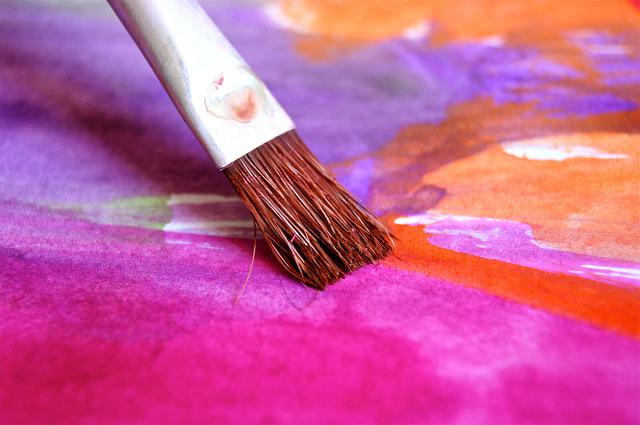
 RSS Feed
RSS Feed